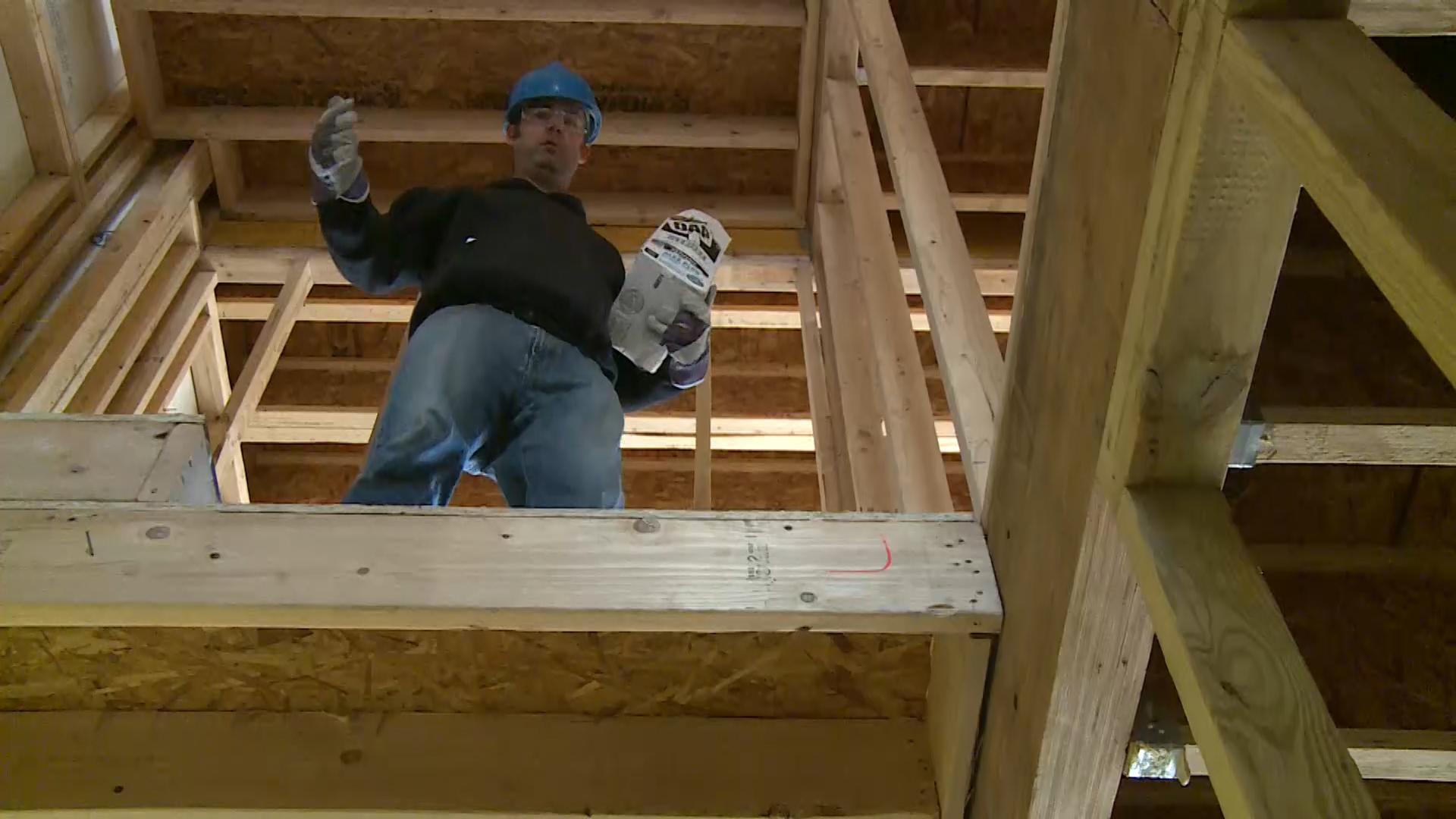Walking and working surfaces in construction environments can pose significant safety risks if not properly maintained and used. In this article, we’ll provide some helpful advice to businesses on ensuring the safe and effective use of walking and working surfaces in construction environments.
First and foremost, it’s important to ensure that all employees receive proper safety training. This includes training on how to identify and avoid potential hazards on walking and working surfaces, as well as how to use personal protective equipment (PPE) appropriately. It’s also a good idea to conduct regular safety meetings and drills to reinforce safety protocols and procedures.
One of the most effective ways to prevent accidents and injuries related to walking and working surfaces is by maintaining them in good condition. This includes regularly inspecting surfaces for defects or other issues that could compromise their safety and taking appropriate action to repair or replace any damaged surfaces.
It’s also essential to use appropriate footwear when working on walking and working surfaces. This may include shoes with slip-resistant soles, steel-toed boots, or other types of protective footwear.
In addition, it’s important to follow proper load-bearing guidelines when working on walking and surfaces. Never exceed the recommended load capacity for the surfaces, and make sure that all materials and equipment are securely placed to avoid tipping or shifting.
It’s also a good idea to mark potential hazards on walking and working surfaces, such as wet or slippery areas or areas with protruding objects. Use caution signs or other visual cues to alert employees to these hazards.
Finally, it’s important to maintain a clean and organized worksite when working on walking and working surfaces. Keep the area free of clutter and obstructions to reduce the risk of accidents and injuries.
In conclusion, walking and working surfaces in construction environments can pose significant safety risks if not properly maintained and used. By providing proper safety training, maintaining surfaces in good condition, using appropriate footwear, following load-bearing guidelines, marking potential hazards, and maintaining a clean and organized worksite, businesses can ensure safe and effective use of walking, and working surfaces to create a safer work environment for their employees.
Here are ten tips to help businesses ensure the safe and effective use of walking and working surfaces in construction environments:
- Provide proper safety training to all employees: This includes training on how to identify and avoid potential hazards on walking and working surfaces, as well as how to use personal protective equipment (PPE) appropriately.
- Maintain walking and working surfaces in good condition: Regularly inspect surfaces for defects or other issues that could compromise their safety and take appropriate action to repair or replace any damaged surfaces.
- Use appropriate footwear: Wear shoes with slip-resistant soles, steel-toed boots, or other protective footwear when working on walking and working surfaces.
- Follow proper load-bearing guidelines: Never exceed the recommended load capacity for the surfaces, and ensure that all materials and equipment are securely placed to avoid tipping or shifting.
- Mark potential hazards: Use caution signs.
- Use caution when working on wet or slippery surfaces: Take extra care when working on surfaces that may be wet or slippery, and use appropriate PPE, such as non-slip shoes, to reduce the risk of falls.
- Watch for protruding objects: Be aware of objects that may protrude from walking and working surfaces, such as nails or screws, and take appropriate precautions to avoid tripping or falling.
- Use caution when working at heights: Take extra precautions when working on elevated surfaces, such as scaffolding or ladders, and use appropriate fall protection equipment as needed.
- Maintain a clean and organized worksite: Keep the area free of clutter and obstructions to reduce the risk of accidents and injuries.
- Inspect walking and working surfaces regularly: Conduct regular inspections of surfaces to ensure that they are in good condition and free of defects.
In conclusion, walking and working surfaces in construction environments can pose significant safety risks if not properly maintained and used. By following these tips and taking the necessary precautions, businesses can ensure the safe and effective use of walking and working surfaces and create a safer work environment for their employees.
Do you need Online Construction Safety Training?
Try a free demonstration of Walking and Working Surfaces in Construction










